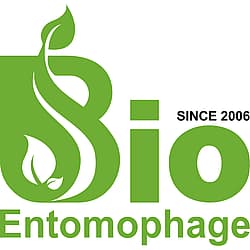
BIO ENTOMOPHAGE
Since 2006 we have been manufacturing and supplying beneficial insects and other products for plant growth and protection. Accumulating experience, we share it with you and make growing easier.
STAND NUMBER:
01.556
CATEGORIES:
Trading regions
Europe:
Albania, Andorra, Armenia, Austria, Azerbaijan, Belgium, Bosnia & Herzegowina, British Indian Ocean Terr., Bulgaria, Canary Islands
EVENT:
GreenTech Amsterdam 2025
Products
View all products
Amblyseius Swirskii
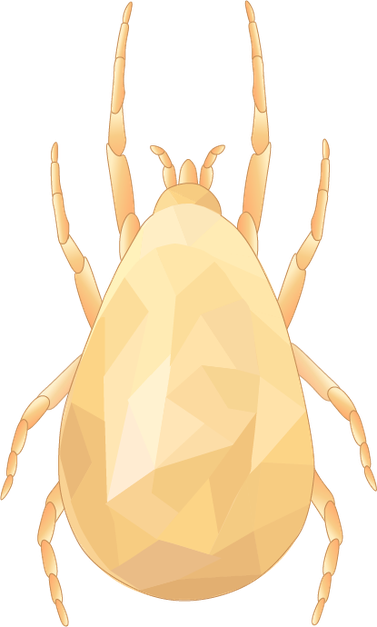
Highly active predatory mite in the family Phytoseiidae.
It can be viewed using a microscope with a magnification of 40-60. The actual size of an adult is 0.38 mm. The usual habitat of Amblyseius swirskii is the underside of the leaf, on which oval-shaped eggs with a size of 0.14 mm are laid. Depending on the food base, it has a colour from pale beige to brown. The approximate ratio of females to males in the population is 60/40, but this may vary depending on circumstances.Amblyseius Montdorensis
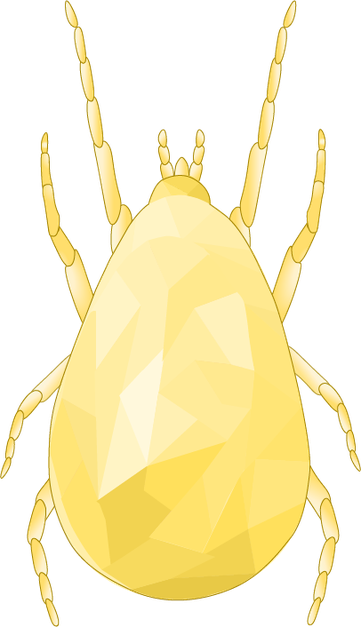
An entomophage in the family Phytoseiidae.
Transeius (Amblyseius) montdorensis is used to control various thrips, as well as whitefly and spider mite colonies, but they are not its priority target. Potentially controls the russet mite (Aculops lycopersici). It is a small predator of light beige colour. For its detailed consideration on the sheet, optical devices with a multiplicity of 40-60 are required. The size of an adult is up to 0.38 mm. Eggs are oval in shape, up to 0.14 mm in size.Neoseiulus cucumeris
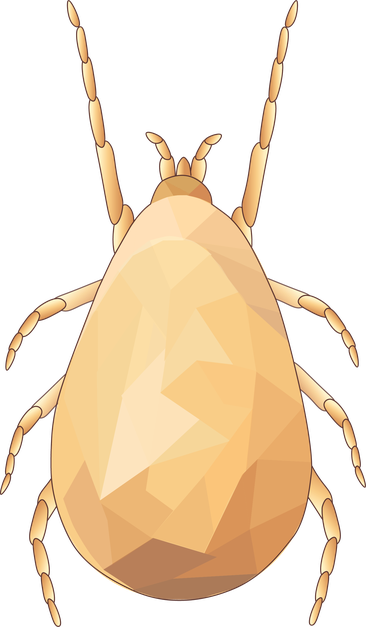
Predatory mite in the family Phytoseiidae.
Cucumeris is very versatile and is widely used to control thrips and mites. This entomophage adapts easily due to its ability to feed on pollen and integrates well with some chemical insecticides. Depending on the nutrition, the colour can vary from pale beige to brown. The size of an adult does not exceed 0.4 mm, therefore, optical devices with magnification of 40x or more are necessary for its consideration.Amblyseius andersoni
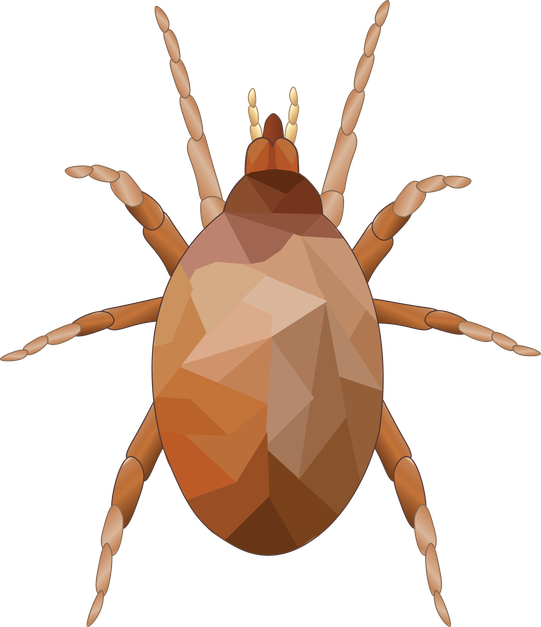
Predatory mite in the family Phytoseiidae.
Amblyseius andersoni is used to control various phytophagous mites: spider mite, russet mite, red fruit mite, etc. Indirectly controls thrips, but it is not Andersoni’s priority prey. In the absence of natural prey on plants, it can feed on plant pollen. Entomophage finds application on garden, berry, ornamental and vegetable crops. This is a small parasitic morphic mite up to 1 mm in size with a light beige translucent colour.Hypoaspis miles
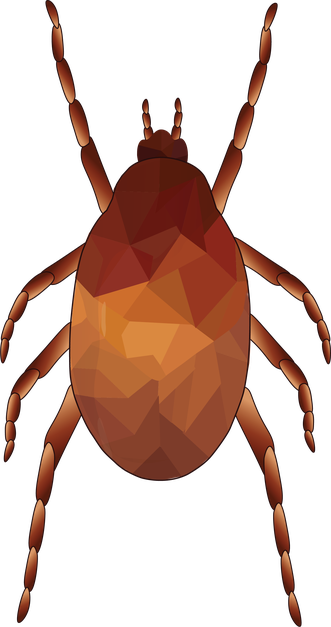
Hypoaspis miles, or according to the latest classification Stratiolaelaps scimitus is a small predatory mite in the family Laelapidae.
It is effective in the fight against a wide range of pests: sciaridae, thrips, nematodes, springtail larvae. It lives in soil and plant residues at a depth of up to 4 cm, therefore it is most suitable against pests of the root system of plants. The size of an adult individual of the Hypoaspis is on average 0.5-1 mm, the colour can vary from light beige to orange and brown. The optimal temperature range is from 15 to 30 °C Prefers a humid environment, but cannot withstand flooding.Macrolophus pygmaeus
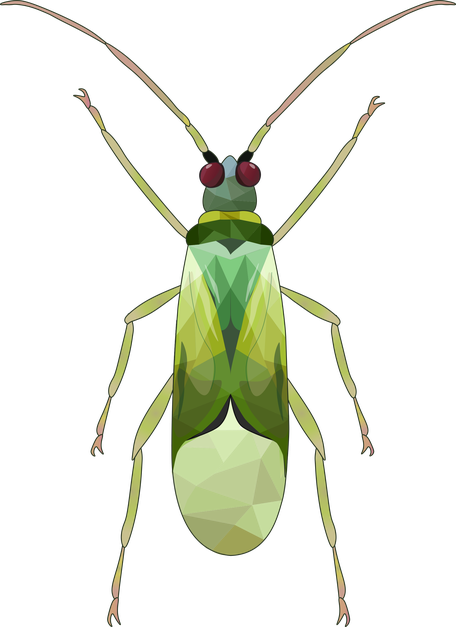
Macrolophus is a predatory plant bug, 3-4 mm in size. It has an elongated oval body of green colour, covered with small bristles.
It is a polyphage and is used against a wide range of pests: whiteflies, aphids, spider mites, scoops, thrips and many others. Highly mobile due to the presence of developed wings. If there is a lack of live prey, it can eat plant juice. The optimal operating temperature ranges from 22-25°C, but the population is able to withstand a temperature increase of up to 40 °C and a decrease of up to 15°C. On average, a female lays up to 5 eggs daily.